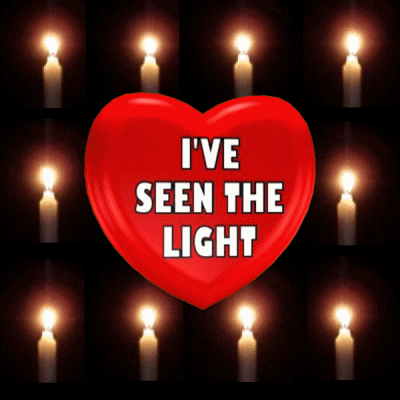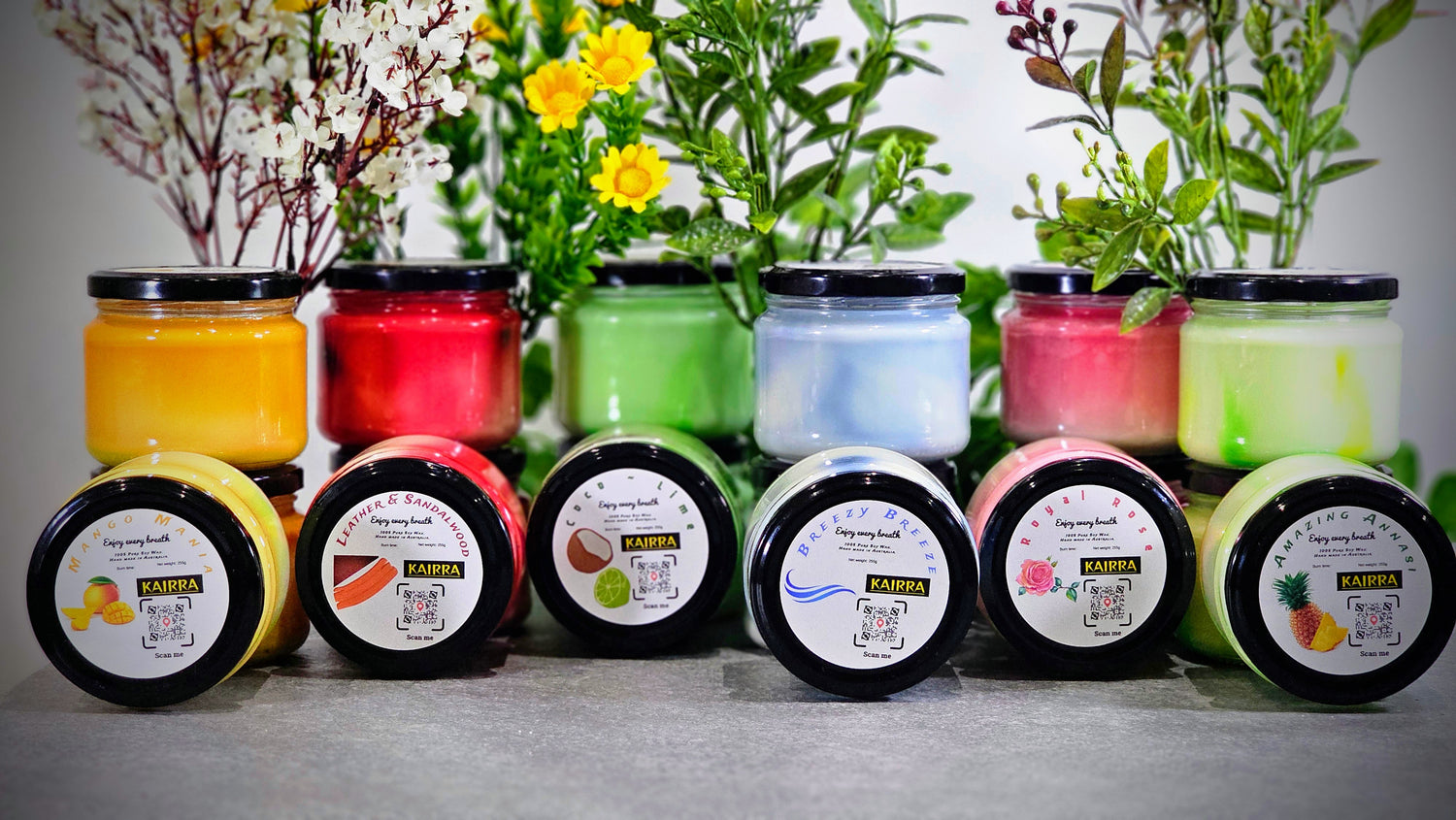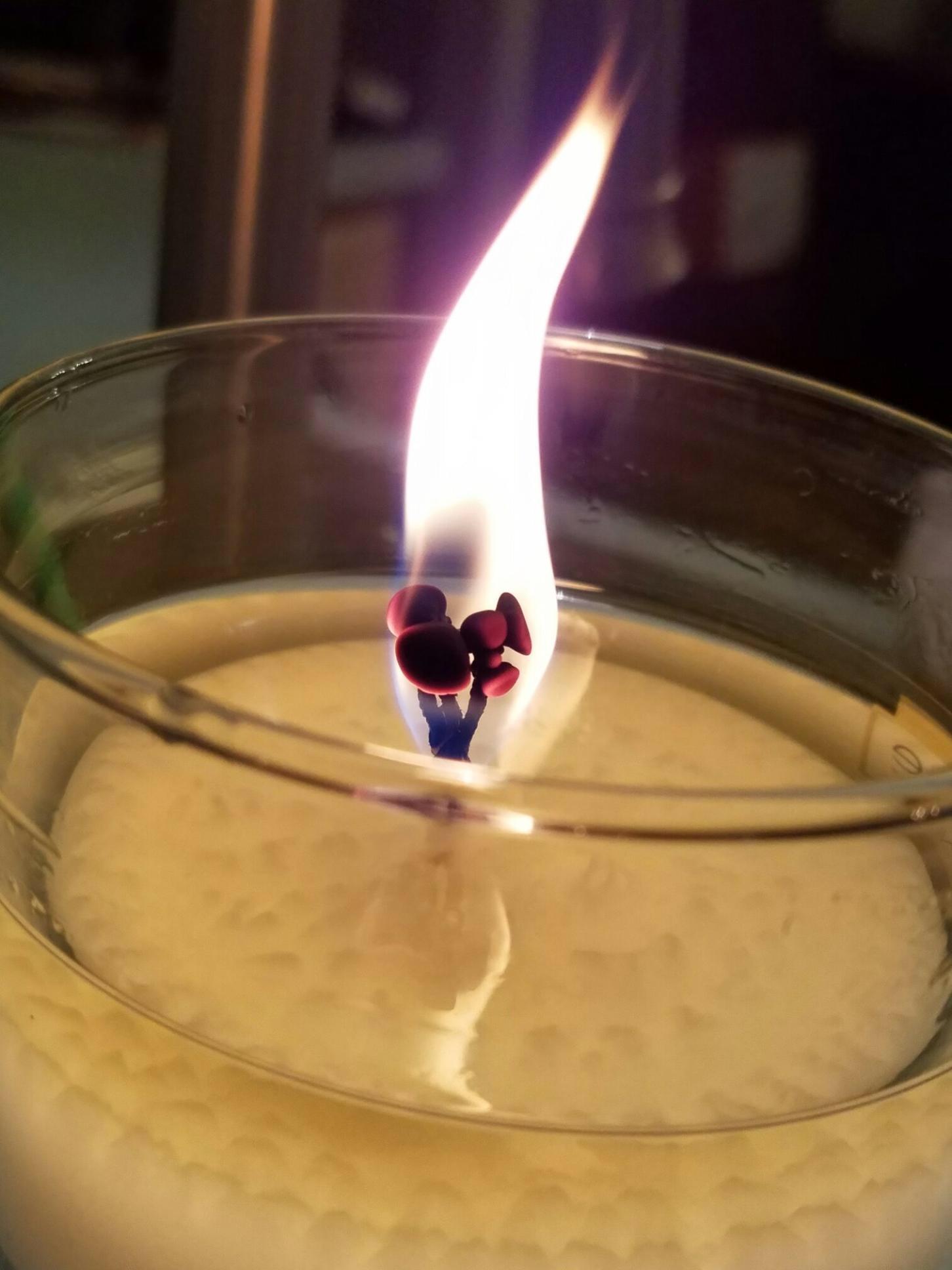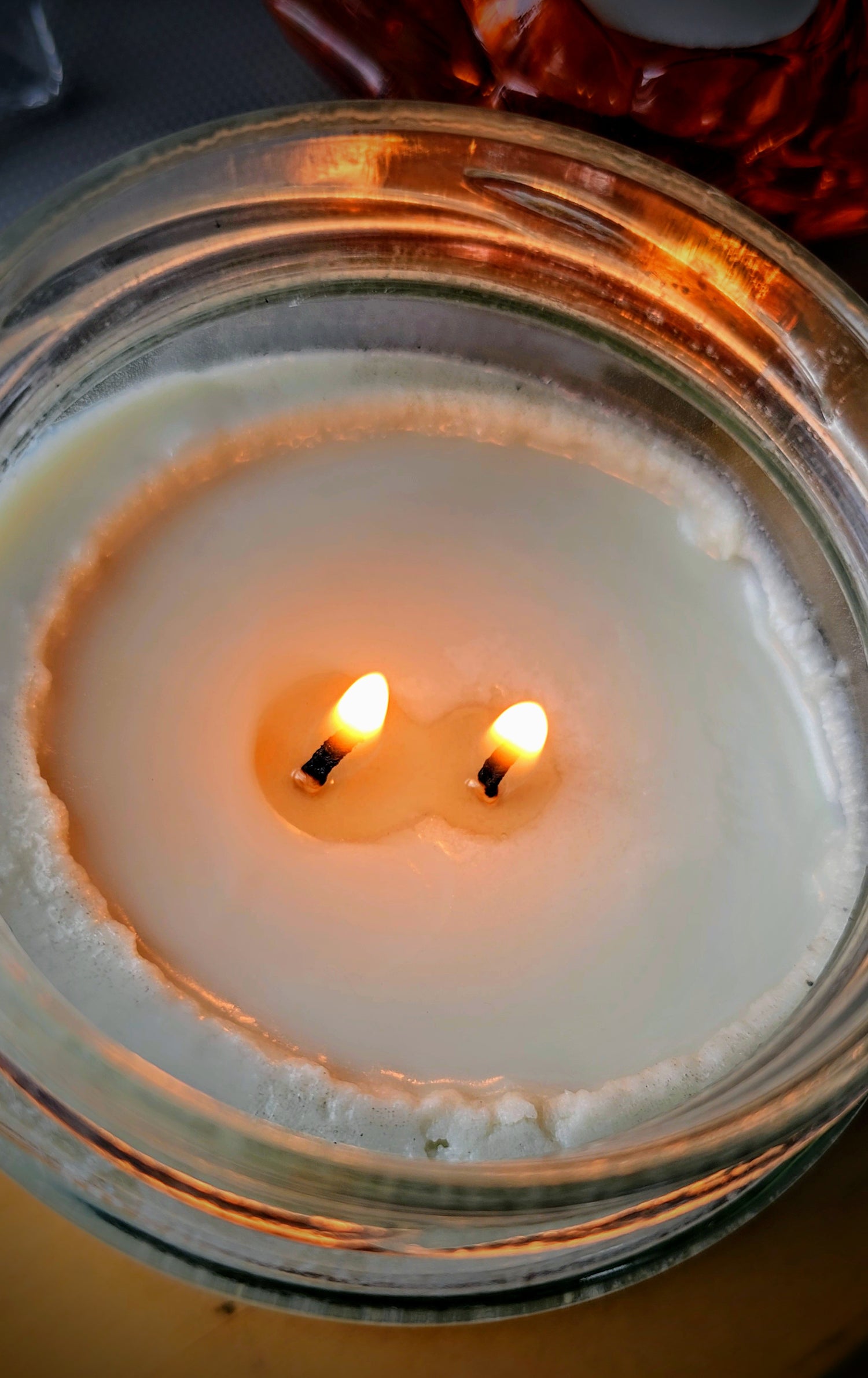What is candle burning?

**Unveiling the Art and Science of Candle Burning**
Candle burning isn't merely a mundane task; it's an age-old tradition that carries both an artistry and a science within its flickering flame. From creating ambience to inducing relaxation, candles have been an integral part of human culture for centuries, captivating us with their warmth, fragrance, and mesmerizing glow. In this article, we delve into the intricacies of candle burning, exploring its history, the different types of candles, and best practices for a truly enchanting experience.
**A Brief History of Candle Burning**
The origins of candle burning can be traced back thousands of years to ancient civilizations such as the Egyptians and the Romans, who used candles primarily for illumination. Early candles were typically made from tallow or beeswax, with a simple wick consisting of twisted fibres.
Over time, candle-making techniques evolved, with innovations such as the use of moulds and the introduction of new materials like paraffin wax. During the Middle Ages, candles became symbolic in religious ceremonies, representing light in the darkness and spirituality.
**Types of Candles**
Today, the candle market offers a vast array of options, ranging from traditional taper candles to intricately designed decorative candles. Some of the most common types include:
1. **Pillar Candles:**
These are cylindrical candles that stand upright and are often used for decorative purposes. They come in various sizes and can be unscented or infused with fragrances.
2. **Jar Candles:**
Encased in glass jars, these candles are popular for their convenience and safety. They often feature a wide range of scents and are ideal for creating ambience in any space.
3. **Tealight Candles:**
Small, shallow candles placed in aluminium cups, and tealights are perfect for adding a subtle glow to dinner tables or accentuating decorative displays.
4. **Votive Candles:** Similar in size to tealights but without the cup, votive candles are versatile and can be used in votive holders or candle holders to create a soft, intimate atmosphere.
5. **Soy Candles:**
Made from soy wax, these candles are a popular choice for environmentally conscious consumers due to their renewable and biodegradable nature. They often burn cleaner and longer than traditional paraffin candles.
**Best Practices for Candle Burning**
While burning a candle may seem straightforward, there are certain tips and techniques to ensure a safe and enjoyable experience:
1. **Trim the Wick:**
Before lighting a candle, trim the wick to approximately 1/4 inch to prevent excessive smoking and ensure an even burn.
2. **Avoid Drafts:**
Place candles away from drafty areas to prevent uneven burning and potential accidents.
3. **Burn-in Intervals:**
Allow candles to burn for at least one hour per inch of diameter during each use to create a wax pool that extends to the candle's edge, preventing tunnelling.
4. **Never Leave Unattended:**
Always extinguish candles before leaving a room or going to sleep to avoid the risk of fire.
5. **Practice Candle Safety:**
Use candle holders or trays to catch dripping wax, and never place candles near flammable objects.
In conclusion, candle burning is more than just a daily ritual—it's a timeless tradition that enhances our lives in myriad ways. Whether you're seeking relaxation, ambience, or simply a touch of warmth, there's a candle out there to suit your needs. By understanding the art and science of candle burning and following best practices, you can create a truly enchanting experience that illuminates both your space and your spirit.




Why should you light up a candle?
How lighting up a Kairra candle significantly change my life?
What is in in for me?


Learn about tunnelling
Candle Tunnelling
Candle tunnelling could ruin your candle experience.
